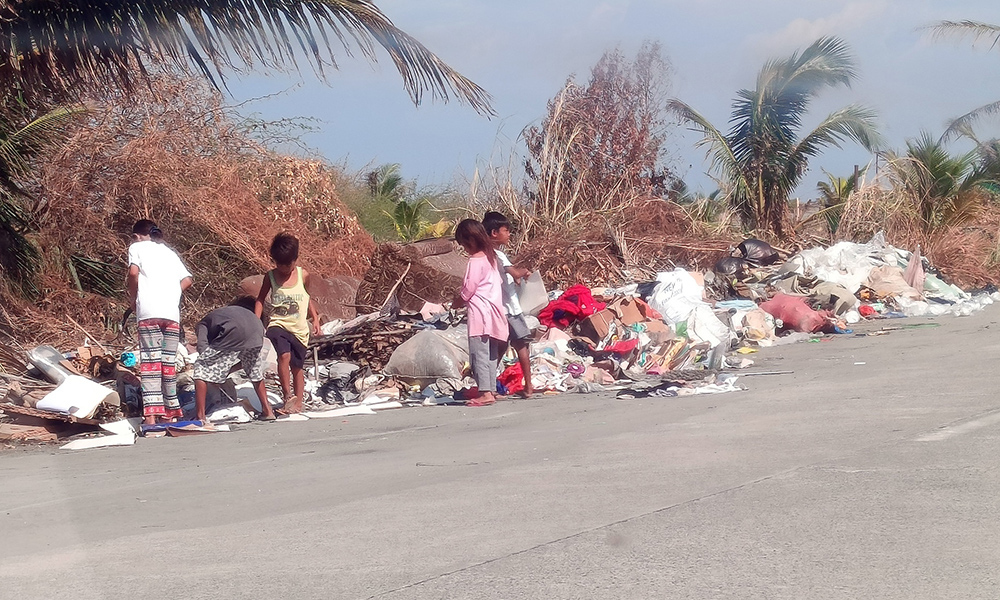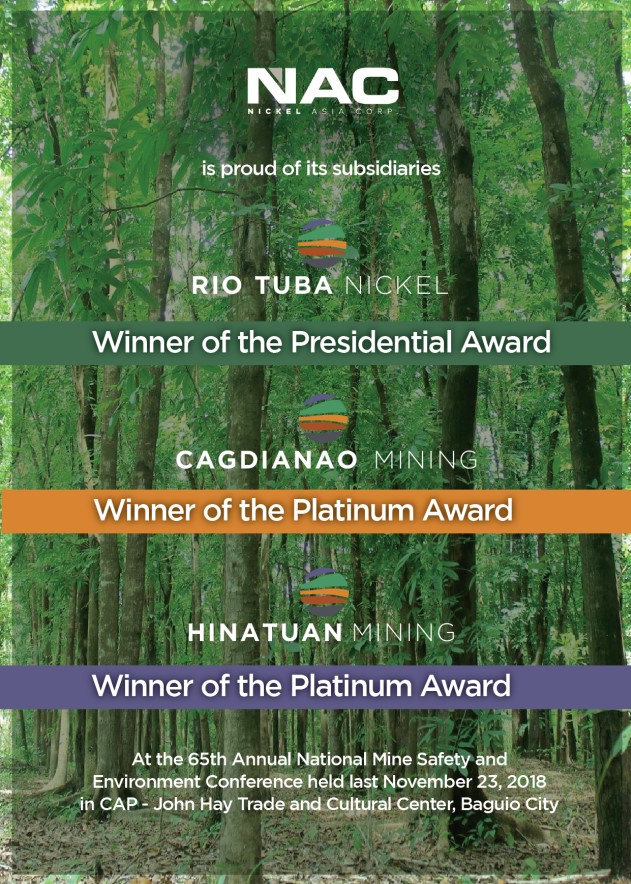
Let science decide nuclear power plant sites
WHILE political will is essential in shaping national policy, it is ultimately the scientists—not politicians—who must determine where nuclear power plants can be safely built. Such decisions require rigorous, unbiased, comprehensive scientific analysis, and above all caution.
Recent reports claim that, at the initiative of 2nd District Rep. Mark Cojuangco, the town of Labrador has been identified as one of the top choices for hosting not just one, but as many nuclear power plants as possible. If this selection were based on exhaustive studies by the Philippine Atomic Regulatory Authority (PARA) and other responsible government agencies, it would inspire confidence. But the reality is otherwise.
For one, PARA—created under Republic Act 12305 signed into law by President Ferdinand Marcos Jr. only in early part of this year— is just new, not yet fully organized, and certainly not in a position to have completed the extensive research required for a decision of this magnitude.
A survey supposedly showing that 60 percent of Labrador residents—led by town officials and amounting to around 12,000 people—support hosting nuclear facilities was already undertaken, even before a final decision considering Labrador as the location of the nuclear power plant or plants could be reached.
But we must question whether the result of this survey reflects informed consent or merely the influence of political persuasion. The people of Labrador may not have been adequately educated about the potential risks, such as what could happen in the event of a malfunction—risks demonstrated starkly by the Fukushima (Japan) disaster triggered by a massive earthquake.
Labrador’s proximity to the Hundred Islands National Park, the thriving bangus industry in nearby Sual, Binmaley, Lingayen and Dagupan City, further raises concerns. These are sensitive ecological and economic zones. Lingayen is the seat of the Pangasinan provincial government, while Dagupan is the province’s biggest commercial and educational center.
Choosing such a site without a proper environmental impact assessment by competent authorities is not just premature—it is irresponsible. Someone appears to be jumping the gun, paving the way for a decision long before the experts have had their say.
And if it is true that one, two, three, or more nuclear plants are indeed planned for the town of Labrador, the entire province of Pangasinan—its people, its environment, and its industries—will be affected. This alone demands a wide-ranging, transparent, and inclusive public consultation.
Nuclear energy is a serious national matter. It requires the utmost caution, the highest scientific standards, and the broadest democratic participation. Let the scientists conduct their studies without political interference. Let them determine, based on established parameters and real environmental data, where nuclear plants can be safely and responsibly built—if they can be built at all.










